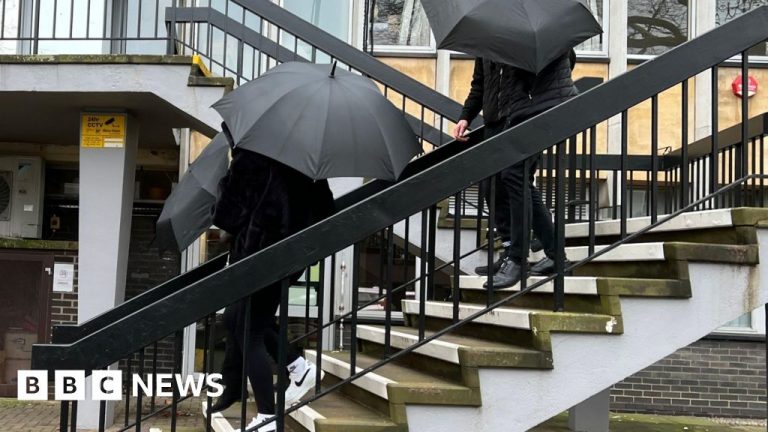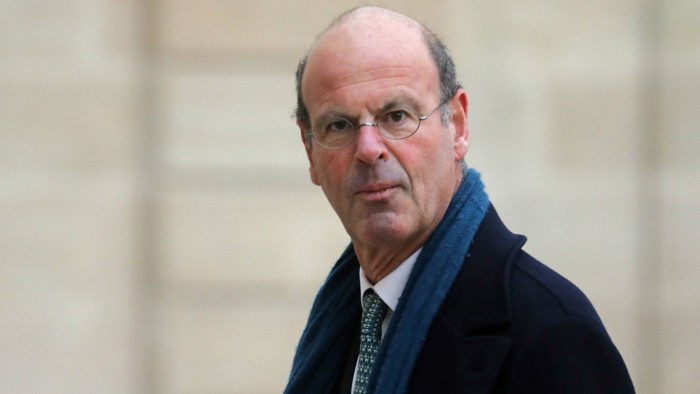Kemi Badenoch landed a major political coup when she secured a meeting with vice president elect J. D. Vance on her trip to Washington DC.
The convivial meeting saw the pair share a picture of Mr Vance with his arm around Ms Badenoch and praising the new Conservative leader on X (formerly Twitter).
He said: “Great to see the leader of the UK Conservatives, Kemi Badenoch during her trip to the US. We discussed many topics, but I was unable to persuade her that coffee is much better than tea. Cheers, Kemi!”
Ms Badenoch retweeted Mr Vance’s post but Canadian MP Jamil Jivani who joined them in the meeting posted: “Thanks to the VP-elect and Kemi Badenoch for a great conversation in DC.”

The meeting is understood to have lasted for an hour. The pair discussed themes from Ms Badenoch’s speech at the International Democracy Union conference earlier int he trip, particularly her thesis on the rise of the bureaucratic state and size of govt and why they are hindering risk taking and economic growth.
This is the second time the two met having met last year when he was a senator and she the business secretary. They are understood to have struck up a good relationship and exchanged messages regularly for the past year. Messages included him asking about the Tory leadership contest and Ms Badenoch asking about the US elections.
Ms Badenoch has other senior allies in the Republicans including Florida governor Ron DeSantis who endorsed her leadership campaign.
The Tory leader, who was only elected last month, also met House Republican speaker Mike Johnson on her trip this week.
A Badenoch ally said: “J.D. sees Kemi as one of those on the global right doing the deep thinking about how we reform the state. He and Kemi are of a new generation of centre-right politicians – like Pierre Poilievre, who she met in Toronto on Friday; and Ron DeSantis, who endorsed her leadership campaign – who are using strong conservative principles to enthuse younger voters. The dinner renewed their friendship, and Kemi and J.D. will continue to stay in touch as the Trump administration gets up and running.”
The connections are crucial as the Tories fight back from their worst-ever election defeat in their 365-year history returning a mere 121 MPs in July.

With President-elect Donald Trump seen to be close to Nigel Farage there are concerns that he and his allies such as Elon Musk could lend their political support to Reform UK in its bid to replace the Conservatives on the right of British politics.
Mr Trump was not available to meet Ms Badenoch because he was in Paris for the reopening of Notre Dame on his first major international engagement since winning the presidential election last month.
But Mr Vance’s meeting with Ms Badenoch has angered some on “Team Trump” who believe he should not waste his time with the Conservatives and instead fully back Mr Farage.
One source told The Independent: “Trump has zero interest in meeting her [Ms Badenoch].”
Addressing, Mr Vance’s meeting, the source added: “J. D. is a curious person by nature and will therefore take meetings with most people who ask nicely enough. It shouldn’t be viewed as an endorsement of Badenoch nor the UK Conservative Party, the latter of which is usually the butt of the joke when it comes up in conversation.”
However, another source emphasised that many within Team Trump take a very different view claiming that “Farage is not that close to Trump.”
Farage was described in some quarters as “an eccentric British fanboy who they indulge but he hasn’t been of much use and think he just wants to bask in reflected glory.”
The source suggested that in reality “Trump likes Boris [Johnson] and royal family.”


























+ There are no comments
Add yours